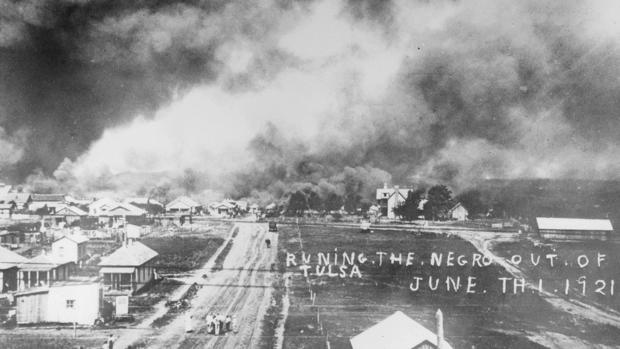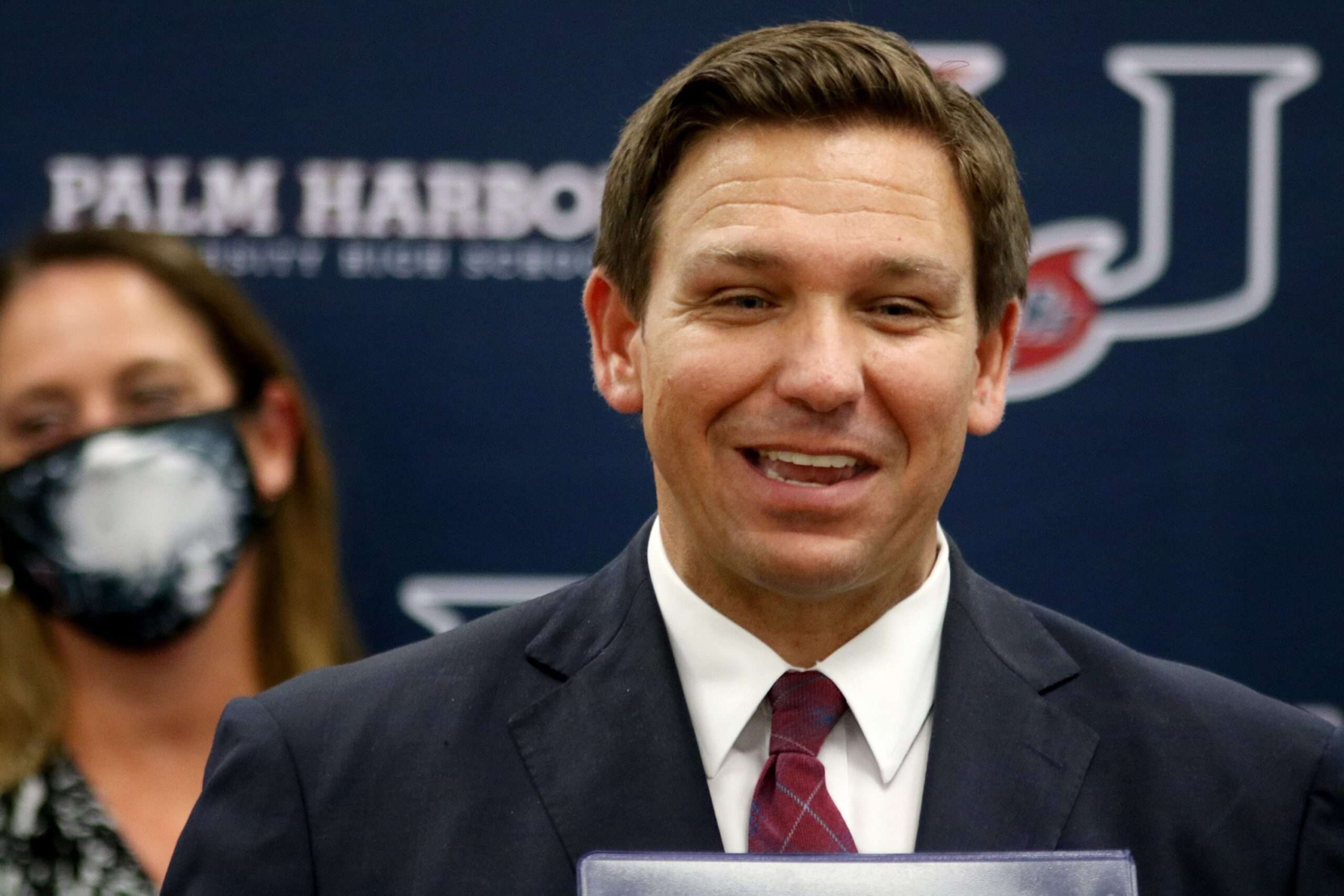All Rise!
This mornings lesson:
SHUT THE HELL UP TURTLESOUP!
Tulsa's 'Black Wall Street' Flourished as a Self-Contained Hub in Early 1900s
Greenwood Avenue featured luxury shops, restaurants, movie theaters, a library, pool halls and nightclubs.
Before the Tulsa Race Massacre where the city’s Black district of Greenwood was attacked by a white mob, resulting in two days of bloodshed and destruction, the area had been considered one of the most affluent African American communities in the United States for the early part of the 20th century.
The massacre, which began on May 31, 1921 and left hundreds of Black residents dead and 1,000 houses destroyed, often overshadows the history of the venerable Black enclave itself. Greenwood District, with a population of 10,000 at the time, had thrived as the epicenter of African American business and culture, particularly on bustling Greenwood Avenue, commonly known as Black Wall Street.
How the Tulsa Race Massacre Was Covered Up
Developed on Indian Territory
Founded in 1906, Greenwood was developed on Indian Territory, the vast area
where Native American tribes had been forced to relocate, which encompasses much of modern-day Eastern Oklahoma.
Some African Americans who had been former slaves of the tribes, and subsequently integrated into tribal communities, acquired allotted land in Greenwood through the Dawes Act, a U.S. law that gave land to individual Native Americans. And
many Black sharecroppers fleeing racial oppression relocated to the region as well, in search of a better life post-Civil War.
“Oklahoma begins to be promoted as a safe haven for African Americans who start to come particularly post emancipation to Indian Territory,” says Michelle Place, executive director of the Tulsa Historical Society and Museum.
The largest number of Black townships after the Civil War were located in Oklahoma. Between 1865 and 1920, African Americans founded more than 50 Black townships in the state.
O.W. Gurley, a wealthy Black landowner, purchased 40 acres of land in Tulsa, naming it Greenwood after the town in Mississippi.
“Gurley is credited with having the first Black business in Greenwood in 1906,” says Hannibal Johnson, author of
Black Wall Street: From Riot to Renaissance in Tulsa’s Historic Greenwood District. “He had a vision to create something for Black people by Black people.”
Gurley started with a boarding house for African Americans. Then word began to spread about opportunities for Black people in Greenwood and they flocked to the district.
“O.W. Gurley would actually loan money to people who wanted to start a business,” says Kristi Williams, vice chair of the African American Affairs Commission in Tulsa. “They actually had a system where someone who wanted to own a business could get help in doing that.”
Other prominent Black entrepreneurs followed suit. J.B. Stradford, born into slavery in Kentucky, later becoming a lawyer and activist, moved to Greenwood in 1898. He built a 55-room luxury hotel bearing his name, the largest Black-owned hotel in the country. An outspoken businessman, Stradford believed that black people had a better chance of economic progress if they pooled their resources.
Greenwood Became Self-Contained and Reliant
A.J. Smitherman, a publisher whose family moved to Indian Territory in the 1890s, founded the
Tulsa Star, a Black newspaper headquartered in Greenwood that became instrumental in establishing the district’s socially-conscious mindset. The newspaper regularly informed African Americans about their legal rights and any court rulings or legislation that were beneficial or harmful to their community.
Demands for equal rights were an ongoing mission for Black Americans in Tulsa despite Jim Crow oppression. Greenwood itself had a railway track running through it that separated the Black and white populations. Consequently, Gurley and Stradford’s vision of having a self-contained and self-reliant Black economy came to be not only by desire but by logistics.
“As a practical matter they had no choice as to where to locate their businesses,” said Johnson. “Tulsa was rigidly segregated, and Oklahoma became increasingly racist after statehood.”
On Greenwood Avenue, there were luxury shops, restaurants, grocery stores, hotels, jewelry and clothing stories, movie theaters, barbershops and salons, a library, pool halls, nightclubs and offices for doctors, lawyers and dentists. Greenwood also had its own school system, post office, a savings and loan bank, hospital, and bus and taxi service.
Greenwood was home to far less affluent African Americans as well. A significant number still worked in menial jobs, such as janitors, dishwashers, porters, and domestics. The money they earned outside of Greenwood was spent within the district.
“It is said within Greenwood every dollar would change hands 19 times before it left the community,” said Place.
Before the Tulsa Race Massacre in 1921, Greenwood Avenue featured luxury shops, restaurants, movie theaters, a library, pool halls and nightclubs.

www.history.com
Face the truth or the truth shall face you.
Do you understand turtleboy?









